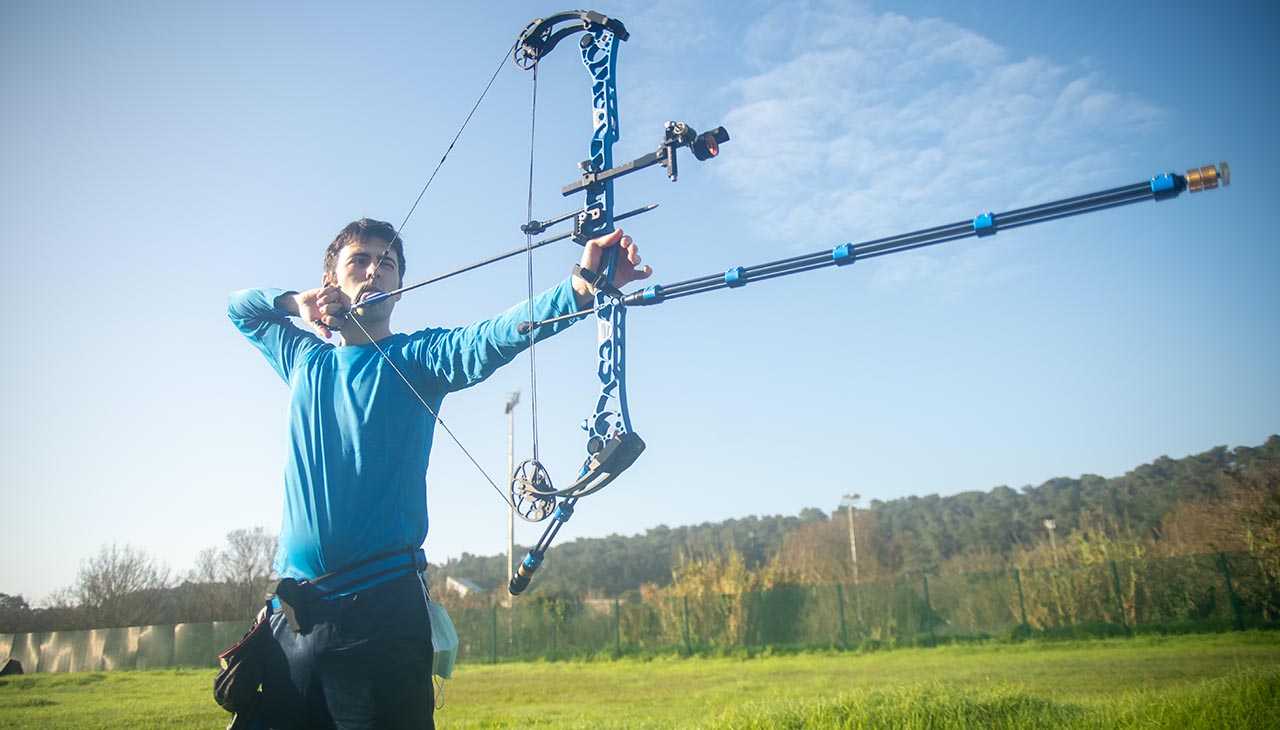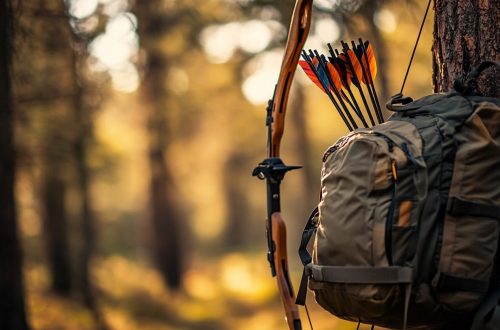Both conventional bows and crossbows have a storied history and have served as pivotal tools in hunting and warfare. Today, they are primarily used for sport and recreation, each offering unique advantages and challenges. In this comparison, we’ll delve into the specifics of each, discussing their mechanics, usability, and the skill sets required. Whether you’re a seasoned archer or a novice looking to get into the sport, understanding these differences can help you make an informed choice.
Mechanism
When it comes to the mechanism, there are significant differences between a conventional bow and a crossbow.
A conventional bow, also known as a recurve or longbow, relies on the flexing of its limbs to generate power. The archer uses their strength to draw the string, bending the limbs and storing potential energy. When the string is released, that energy is transferred to the arrow, propelling it forward. This straightforward mechanism has been used for thousands of years and requires skill and physical strength from the archer.
On the other hand, a crossbow operates using a more complex mechanism. It consists of a stock, which holds the bow assembly, and a trigger mechanism. The bow assembly is comprised of two limbs attached to the stock, with a string connecting them. Unlike a conventional bow, the string of a crossbow is drawn back and held in place by a locking mechanism. This allows the archer to aim without exerting continuous force. When the trigger is pulled, the string is released, and the stored energy propels the projectile forward. Crossbows often employ cables, pulleys, and cams to provide additional force, making them more powerful than conventional bows.
The mechanism of a crossbow offers advantages such as ease of use and the ability to hold the drawn position for longer periods. This makes it particularly appealing for those with less upper body strength or those who require a steadier aim. However, the simplicity and traditional feel of a conventional bow’s mechanism still hold a strong appeal for many archers who appreciate the challenge and connection to ancient traditions.
Range
When comparing the range of a conventional bow to a crossbow, it’s important to consider several factors.
The effective range of a bow or crossbow can depend on the skill and experience of the archer, as well as the specific equipment being used. However, there are some general differences to note:
- Conventional Bow Range: Traditional bows, such as recurve bows or longbows, typically have a slightly shorter effective range compared to crossbows. This is because the power generated by the archer’s draw and the bow’s limbs has limitations. On average, shots with a conventional bow tend to be in the range of 15 to 30 yards, with skilled archers achieving accurate shots at longer distances.
- Crossbow Range: Crossbows, thanks to their mechanical advantage and additional force provided by cables, pulleys, and cams, can achieve greater distances compared to conventional bows. The effective range of a crossbow can vary depending on factors like draw weight, bolt velocity, and the scope used. On average, shots with a crossbow commonly fall within the range of 30 to 60 yards, with some advanced models capable of reaching even farther distances.
It’s important to note that the effective range for both bows and crossbows can be influenced by factors such as the shooting conditions (wind, elevation), arrow or bolt weight, and the archer’s skill level. Additionally, accuracy and shot placement become increasingly challenging the farther the target is from the shooter.
Power
When comparing the power of a conventional bow to a crossbow, several factors come into play:
- Draw Weight: The draw weight of a bow or crossbow is a crucial factor in determining its power. Draw weight refers to the amount of force required to fully draw back the string. A higher draw weight typically translates to more power and speed in the shot. Conventional bows often have a draw weight range of 40 to 70 pounds, while crossbows can have significantly higher draw weights, ranging from 100 to 200+ pounds.
- Draw Length: Another important factor is draw length, which refers to the distance the bowstring is pulled back before release. A longer draw length generally results in increased power and arrow speed. Conventional bows are dependent on the archer’s arm length and shooting form for draw length, whereas crossbows have a fixed draw length determined by the design.
- Energy Transfer: Conventional bows utilize the energy stored in the limbs when the bowstring is released, transferring it to the arrow for propulsion. This transfer of energy is impacted by factors such as limb materials, bow design, and archer’s shooting technique. Crossbows, on the other hand, use mechanical systems to store and transfer energy, resulting in a more consistent and efficient transfer of power to the bolt.
Considering these factors, crossbows generally have a higher potential for power compared to conventional bows due to their higher draw weights and mechanical advantage. The additional force provided by the crossbow’s mechanisms allows for greater arrow/bolt velocity, penetration, and kinetic energy upon impact.
However, it’s essential to note that power alone doesn’t guarantee accuracy or effectiveness. Archers must also consider factors such as shot placement, arrow or bolt selection, and individual shooting skills when determining the overall performance and effectiveness of a bow or crossbow.
Ballistics
Ballistics in archery refers to the study of an arrow’s flight from the moment it leaves the bow to the point it hits the target. This involves factors such as trajectory, velocity, and accuracy. The trajectory of an arrow from a conventional bow is quite parabolic, requiring skill and experience from the archer to account for the arrow drop, particularly at longer distances. On the other hand, a crossbow shoots arrows (commonly referred to as bolts) at a higher velocity due to its high draw weight, resulting in a flatter trajectory and less arrow drop. This makes it somewhat easier to aim accurately, especially for beginners. However, crossbow bolts lose velocity more quickly than arrows from a conventional bow, which may affect accuracy at extended ranges. As always, understanding your gear and practicing regularly is key to mastering these ballistic characteristics.




